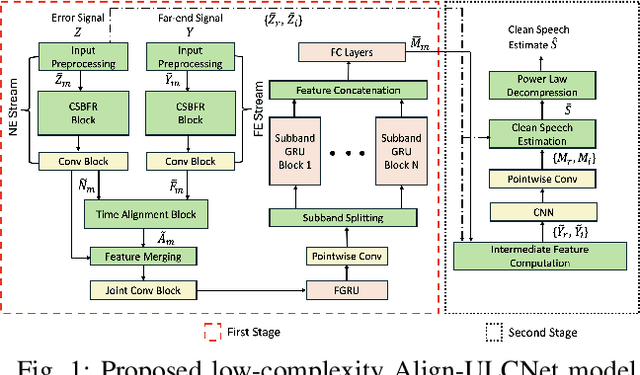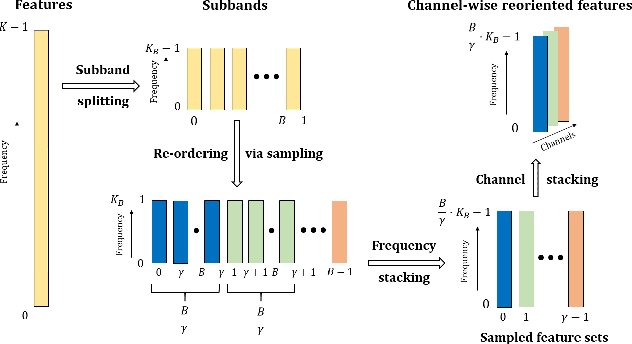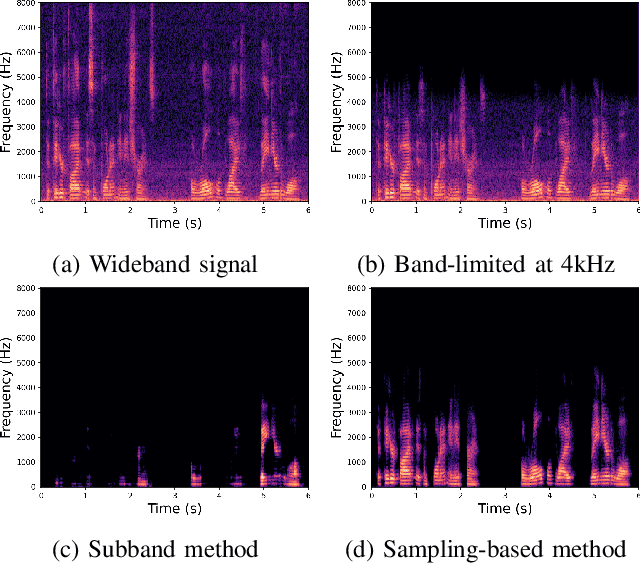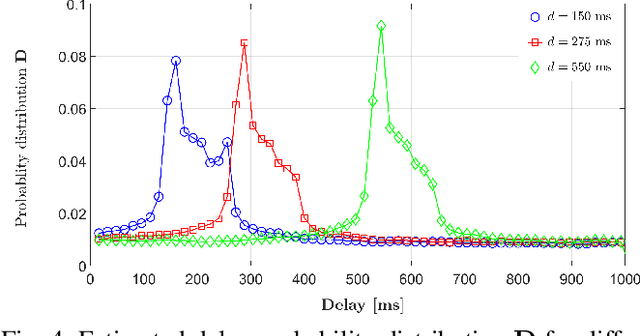Align-ULCNet: Towards Low-Complexity and Robust Acoustic Echo and Noise Reduction
Paper and Code
Oct 17, 2024



The successful deployment of deep learning-based acoustic echo and noise reduction (AENR) methods in consumer devices has spurred interest in developing low-complexity solutions, while emphasizing the need for robust performance in real-life applications. In this work, we propose a hybrid approach to enhance the state-of-the-art (SOTA) ULCNet model by integrating time alignment and parallel encoder blocks for the model inputs, resulting in better echo reduction and comparable noise reduction performance to existing SOTA methods. We also propose a channel-wise sampling-based feature reorientation method, ensuring robust performance across many challenging scenarios, while maintaining overall low computational and memory requirements.
* 5 pages, 4 figures
 Add to Chrome
Add to Chrome Add to Firefox
Add to Firefox Add to Edge
Add to Edge